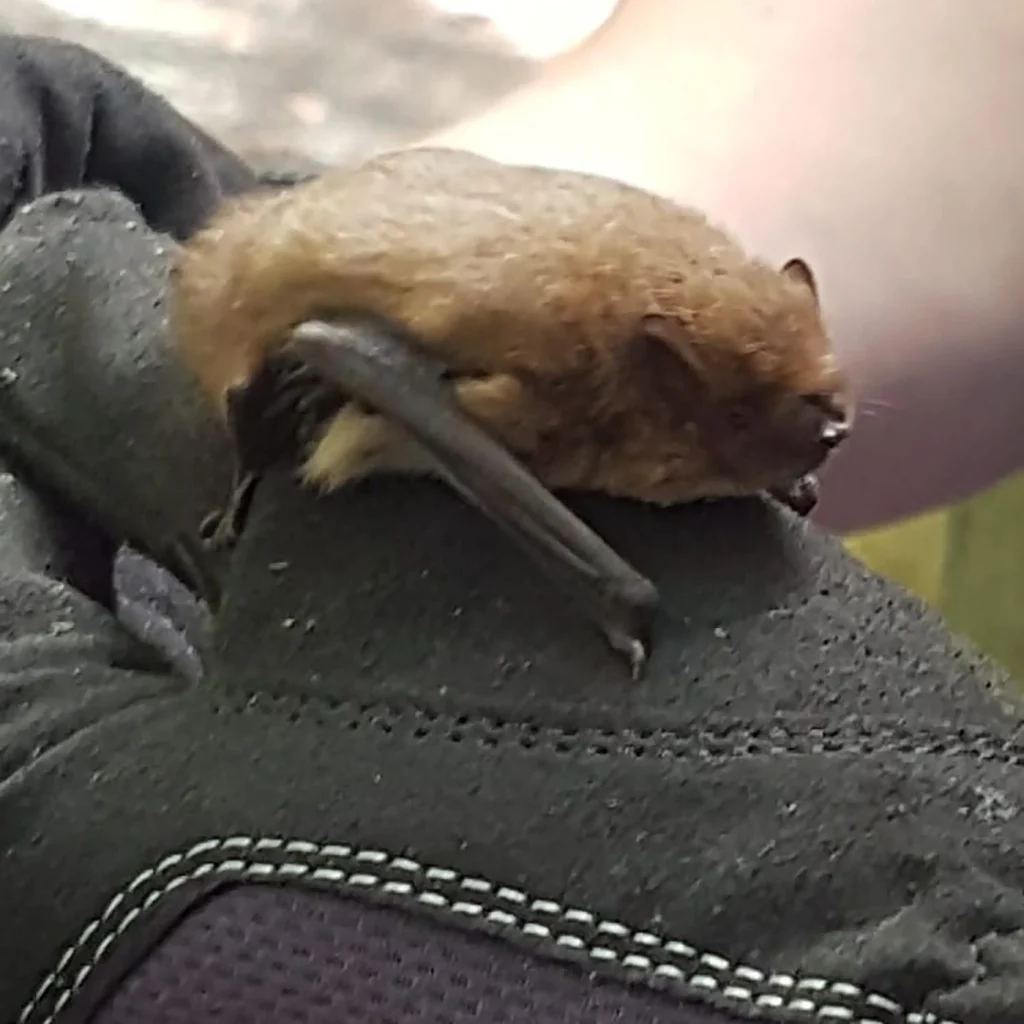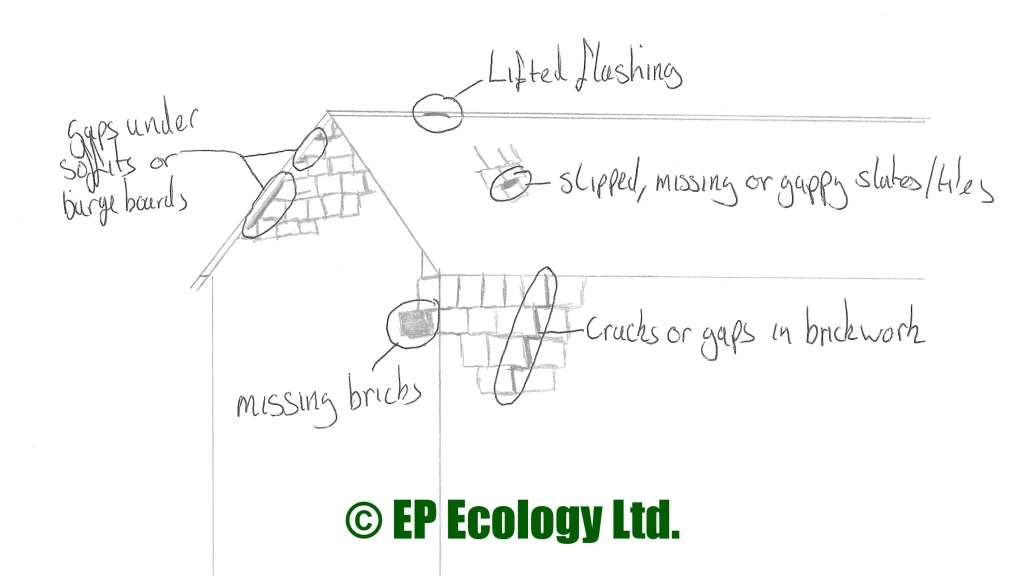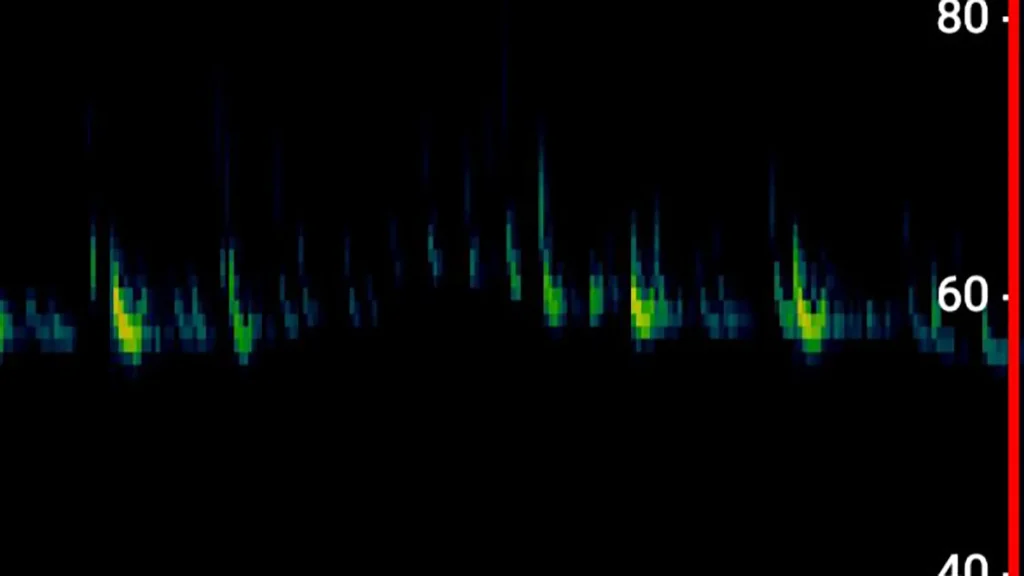You might be wondering what a bat survey is, and why you need to do one.
Perhaps an existing consultant, planning authority or statutory body has told you that you can’t progress your project until you provide a bat survey report and you’re now questioning what on Earth all that means.
Well, hopefully this blog will help!
Bats
First off, bats are offered full protection as European Protected Species in the UK by the Habitats Regulations. The regulations differ between Scotland, England & Wales, and Northern Ireland, but they all stem from European Union Council Directive 92/43/EEC. In Scotland, this directive is translated to law by the Conservation (Natural Habitats, &c.) Regulations 1994 (as amended). This offers bat species and their roosts full protection from disturbance through to intentional or reckless killing and injury.
In a development context, this level of protection means that bats need to be properly accounted for in all proposals prior to commencement of works.
A sleepy brown long-eared bat (Plecotus auritus). Often encountered roosting within attic spaces of buildings. Handled under licence.

A soprano pipistrelle (Pipistrellus pygaeus), Scotland’s most commonly encountered bat species. Handled under licence.
In Scotland, we have ten species of bat, with more species in the south of the country (primarily Dumfries & Galloway and Ayrshire) than we do the further north you travel. All of these species will take up residence (roost) within trees, built structures, and natural features such as caves at some point during their life cycle. The Bat Conservation Trust (BCT) website gives a helpful overview of the ten species that occur within Scotland.
As a consequence of their highly protected status as a European Protected Species, and their habits of roosting within built structures, planning authorities will generally require a full suite of bat survey data before they can determine a planning application.
Therefore, it’s best to consult with an ecologist at the earliest stages of a project to determine the likelihood of bats (and other protected species) being present within your site, find and characterise any roosts that are present, determine the impacts of a project on bat species, and identify the requirements for licensing, mitigation and compensation measures as a result of your development. How do we do this? Well, the first step is to determine whether bats might have opportunities to roost within a site.
Preliminary Roost Assessment
Preliminary Roost Assessment (PRA) surveys are usually the first stage in determining the likelihood of bats roosting within a project site. These are fairly simple surveys where a suitably qualified bat ecologist will assess built structures, natural features, and trees within a site for features which might be used by roosting bats. These can include things like cracks leading to cavity walls, gaps beneath soffit boards, rotten tree trunks, or caves.

Examples of features within a traditional building where bats may be found to roost including cracks within walls, missing bricks, gaps beneath soffit boards or in barge boards, lifted flashing, and slipped, damaged, or missing slated and tiles.
Structures and trees on site with the potential to be affected by works are usually then assigned a PRA category of “negligible, low, moderate, or high” in line with the BCT guidelines. These categories relate to the likelihood of bats being able to roost within a feature; the number of bats likely to be able to use a feature; the quality of the surrounding habitat for bats; and the number of individual features. These PRA categories determine the requirement for further survey.
Further Surveys
Once you’ve had a PRA completed, and you know the PRA categories of trees and structures, your ecologist will be able to advise on the requirements for further surveys to determine the presence of roosts, and characterise the type of any roosts present. Typically, this is undertaken via a series of dusk and dawn emergence and re-entry surveys in line with the current BCT guidelines.
These involve a team of ecologists visiting the site at sunset and sunrise with handheld bat detectors (basically an ultrasonic sound recorder) and watching for bats coming out of or going in to the features identified during the PRA. Usually these comprise one to three surveys starting 15 minutes before sunset, lasting 90 minutes after sunset, and at dawn arriving 90 minutes before sunrise, and leaving 15 minutes after between April and September inclusive.

The echolocation of a soprano pipistrelle at showing the “hockey stick” shape, at around 55kHz. (Recorded using an EchoMeter Touch 2 Pro).
As bat species echolocation is usually quite different between the species, the sound files recorded can be used to make an identification of the species using the site and the roosts. The number of bats, and the seasonality of their use are used as indicators to find out what type of roost it is (e.g. a few animals in a day roost, or a large maternity colony of pup-rearing females).
Upon completion of these surveys, your ecologist will be able to advise you of what you need to do to progress your project – be this apply for a licence to destroy or disturb a roost; install lighting in a sympathetic way for bats; provide mitigation boxes for lost habitat; and other enhancement measures which would make your proposed project as good for bats as it can be.
Our Offering
EP Ecology can offer a full suite of bat surveys, with bat licensed staff experienced in delivering preliminary roost assessments, nocturnal surveys using traditional and non-traditional methods. Our company ethos is to provide pragmatic advice to all of our clients to facilitate project delivery.
Get in touch today for a free no-obligations discussion about how we can assist you and your project through the planning process!
